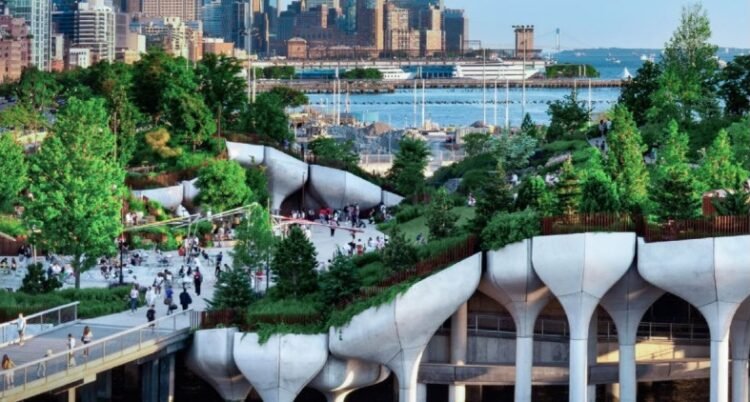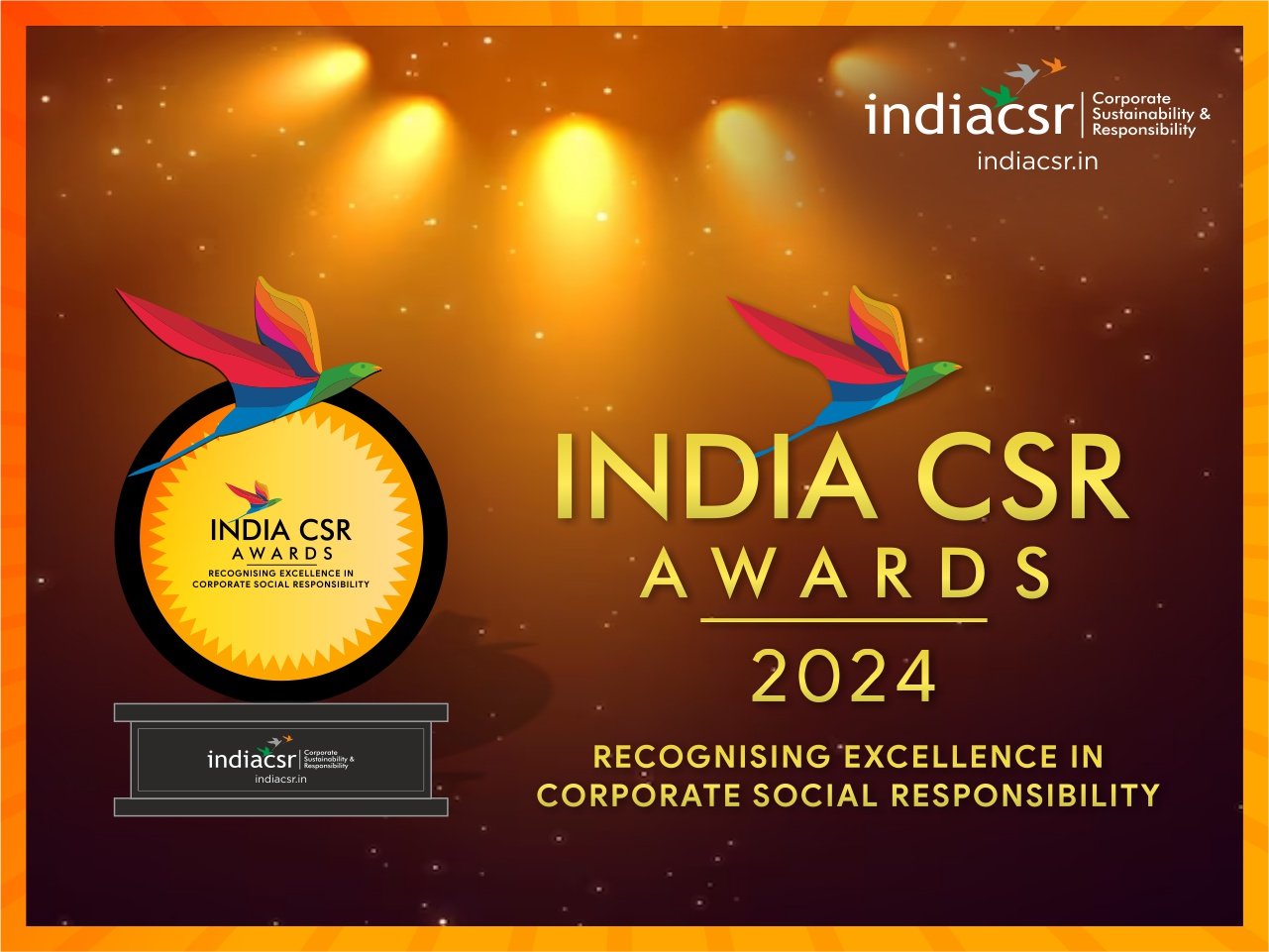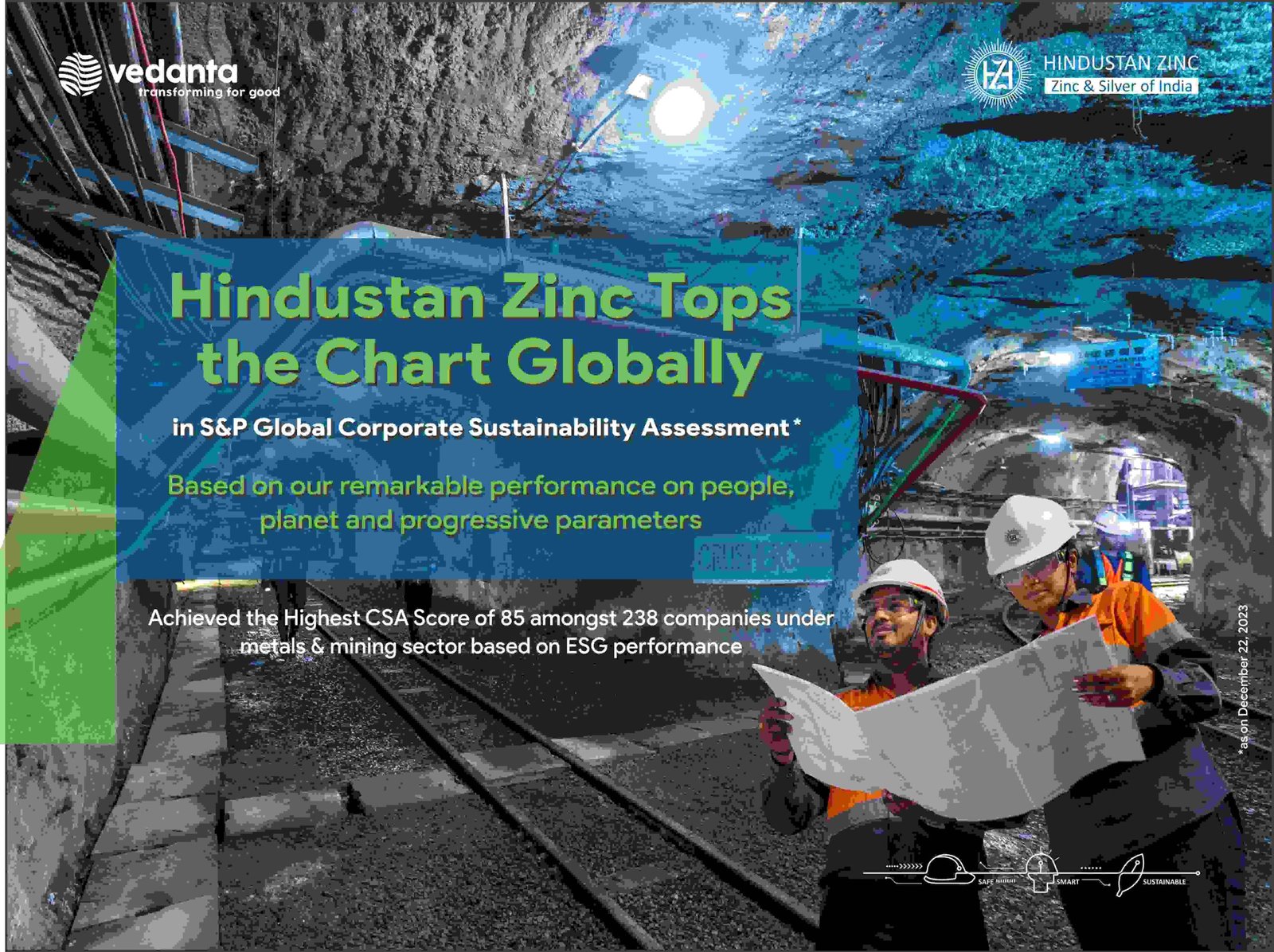Sustainable Construction: At Holcim, the focus is on building better with less to decarbonize construction.
In the face of climate change and increasing urbanization, the construction industry is evolving rapidly. Holcim, a global leader in innovative and sustainable building solutions, is at the forefront of this transformation. By embracing sustainable practices, Holcim is demonstrating how to build better with less, reducing the environmental impact of construction while delivering superior performance and durability.
At Holcim, the focus is on building better with less to decarbonize construction. By combining low-carbon building solutions with smart design, Holcim aims to reduce the material used and thus, the upfront carbon emissions. The 2023 Climate Report of Holcim Limited highlights the company’s commitment to sustainability and its innovative approach to construction.
Integrated Reporting
Holcim’s Climate Report is integrated within its 2023 Integrated Annual Report. This comprehensive document details how the company manages its operations sustainably, showcasing both financial and non-financial value created throughout the year.
“With climate at the core of our strategy, Holcim is leading the shift to low-carbon, circular, and energy-efficient building solutions,” said Jan Jenisch, Chairman & CEO of Holcim.
Nollaig Forrest, Chief Sustainability Officer, added, “In 2023, we accelerated climate action, making progress across all of our decarbonization levers to lead the transition to sustainable building.”
Holcim’s Commitment to Sustainability
Holcim’s 2023 Climate Report highlights the company’s significant strides in sustainability. The report reveals a 20% reduction in CO2 emissions per net sales and a 3% reduction in CO2 emissions per ton of cementitious material compared to the previous year. Furthermore, Holcim has recycled 8.4 million tons of construction demolition materials (CDM) and aims to capture 5 million tons of CO2 annually by 2030 through six carbon capture, utilization, and storage (CCUS) projects.
The 2023 Climate Report of Holcim Limited highlights the company’s commitment to sustainability and its innovative approach to construction.
Progress and Achievements
In 2023, Holcim made significant strides in its decarbonization efforts. The company reduced CO2 per net sales by 20 percent. The Europe region set ambitious targets to reach 285 kg CO2 net per ton of cementitious by 2030, which is a 45 percent reduction compared to 2020 levels.
“Sustainability is inseparable from our business,” they noted. “We reached a new level of disclosure this year, integrating this Climate Report within our Annual Report for the first time, sharing our EU Taxonomy results, and aligning with the non-financial reporting requirements of the Swiss Code of Obligations.”
Holcim is a global leader in innovative
and sustainable building solutions
with net sales of CHF 27.0 billion in
2023.
Smart Design
Buildings are responsible for 37 percent of the world’s energy-related CO2 emissions today, with 10 percent generated during construction and 27 percent during use. The construction phase, known as upfront carbon, plays a crucial role in decarbonizing buildings.
Holcim leverages strategic partnerships with leading academic institutions, including the Massachusetts Institute of Technology (MIT) and the Swiss Federal Institute of Technology (ETH), to develop smart design building solutions aimed at significantly reducing upfront carbon.
One of the most effective ways to reduce upfront carbon is through smart design, which combines efficient design with the correct materials in the right location of a structure. This approach can achieve significant CO2 savings.
Virtuous Circle of Design Improvement
A smart design approach at the early stages of projects can reduce mass, which in turn reduces vertical loads, further reducing mass. This is known as the “virtuous circle of design improvement,” which follows the Define, Measure, Analyze, Improve, and Control model to achieve optimal design for specific structures.
“We are embracing novel, smart design construction solutions,” said Holcim representatives. “Systems that can reduce upfront carbon at scale in the built environment are essential. Smart design, along with efficiency gains in the construction phase and concrete industrialization process, will contribute to a 26 percent reduction in our absolute Scope 1 emissions by 2050.”
Holcim’s Pathway to Net Zero
Holcim’s pathway to 2030 and 2050 is clear. To reach its Scope 1 and Scope 2 commitments, the company will reduce its clinker factor, use alternative fuels and raw materials, and increase its use of renewable energy. Holcim plans to invest in proven technologies that produce positive returns.
“We will scale up breakthrough technologies such as Carbon Capture, Utilization, and Storage (CCUS),” Holcim stated. “These technologies will make an increased contribution in terms of reaching our targets post-2030. Our pathway to net zero does not rely on offsets.”
Circular Construction: PixelFrame
The world builds the equivalent of New York City every month, driven by rising population and urbanization. Over 40 billion tons of virgin materials are extracted annually to build, making circular construction essential for staying within our planet’s boundaries while improving living standards.
Holcim is collaborating with Caitlin Mueller, Associate Professor of Civil and Environmental Engineering and Architecture at MIT, on the “PixelFrame” system. This system uses design and computation strategies to give concrete building elements optimized geometry, strengthened through post-tensioning. The system is modular and designed for disassembly and reuse multiple times, reducing the carbon footprint of the structural system by around 60 percent compared to conventional reinforced concrete designs.
“The PixelFrame system separates the reinforcement and concrete components,” explained Mueller. “This allows the Pixel segments to have a longer design life and be reused multiple times. Embracing a circular construction approach allows standardized modules to be reused in flexible configurations, reducing the need for new materials and emissions in the system’s second life.”
Rippmann Floor System
In conventional multi-story buildings, floors account for around 40 percent of the total weight. Smartly designed systems that reduce the mass of structural floors can deliver significant reductions in embodied emissions.
The Rippmann Floor System® (RFS®) is a lightweight, rib-stiffened funicular floor invented by the Block Research Group, led by Dr. Philippe Block, Professor of Architecture and Structures at ETH Zurich. Holcim developed a special ECOPact concrete mix for this prefab solution.
“The RFS can reduce up to 70 percent of concrete and 90 percent of reinforcement steel,” explained Dr. Block. “This is achieved through their vaulted geometry, similar to the centuries-old principles used to build Gothic cathedral ceilings that still stand today.”
More than 6,500 square meters of the Rippmann Floor System® are being implemented in the CreaTower I project in Zug, Switzerland. Using smart design to place concrete only where it is structurally needed in the building’s floor, the project significantly reduces its carbon footprint.
Innovative Low-Carbon Solutions
ECOCycle® Technology
Holcim’s ECOCycle® technology platform is pivotal in driving circular construction. By recycling CDM into new building solutions, ECOCycle® increases recycling rates and reduces the need for virgin materials. In 2023 alone, Holcim recycled 8.4 million tons of CDM, marking a 24% increase from the previous year.
ECOPlanet and ECOPact
Holcim’s ECOPlanet low-carbon cement and ECOPact low-carbon concrete are central to its sustainable construction efforts. ECOPlanet has achieved over CHF two billion in net sales, while ECOPact has surpassed CHF one billion. These products offer significant CO2 reductions compared to standard materials, with ECOPlanet cement providing up to 50% lower CO2 emissions through the use of innovative raw materials like calcined clay.
Advanced Carbon Capture and Storage
Holcim is pioneering CCUS technologies to meet its ambitious net-zero targets. By 2030, the company aims to capture five million tons of CO2 annually through six full-scale projects funded by the European Union Innovation Fund. These projects, located in Germany, Poland, Greece, France, Croatia, and Belgium, will play a critical role in delivering fully decarbonized cement.
Case Studies: Sustainable Urban Development
Holcim’s sustainable construction practices are being implemented in major urban development projects around the world. For example, the CityLife project in Milan, Italy, is one of Europe’s most significant urban redevelopment initiatives. This project features two iconic skyscrapers and a new park, all built with Holcim products, showcasing the potential of sustainable building solutions in large-scale urban projects.
Another notable project is the redevelopment of Little Island park in New York City, which was built using 150,000 cubic meters of specially-designed Holcim concrete, manufactured with recycled materials.
Future Outlook
As Holcim continues to innovate and lead in sustainable construction, the company is well-positioned to meet its ambitious 2030 and 2050 net-zero targets. By integrating advanced technologies, promoting circular construction, and developing low-carbon building solutions, Holcim is not only reducing its environmental impact but also setting new standards for the construction industry.
Nollaig Forrest, Holcim’s Chief Sustainability Officer, highlighted the company’s vision: “In 2023, we accelerated climate action, making progress across all our decarbonization levers to lead the transition to sustainable building.”
| Climate Strategy | Building better with less, reducing upfront carbon through low-carbon solutions and smart design. |
| 2023 Achievements | 20% CO2 reduction per net sales; Europe aims for 285 kg CO2/ton by 2030. |
| Integrated Reporting | Climate Report integrated into 2023 Annual Report, aligns with EU Taxonomy and Swiss regulations. |
| Smart Design | Reducing upfront carbon with efficient design and correct materials, partnered with MIT and ETH. |
| Design Improvement | Reduces mass and vertical loads using Define, Measure, Analyze, Improve, and Control model. |
| Net Zero Pathway | Reducing clinker factor, using alternative fuels, renewable energy, and Carbon Capture (CCUS). |
| PixelFrame System | Modular, reusable design reducing carbon footprint by 60%. |
| Rippmann Floor System | Lightweight floors, reducing up to 70% concrete and 90% steel; used in CreaTower I project. |
| Circular Methods | Reusing materials and structures to reduce waste. |
| Concrete Innovations | Low-carbon mixes like ECOPact to cut concrete emissions. |
| Renewable Energy | Increasing use of solar, wind, and renewables in production. |
| Research Collaboration | Partnering with MIT and ETH Zurich for sustainable building tech. |
| Future Goals | Net-zero emissions by 2050, ongoing innovation to reduce environmental impact. |
(India CSR)



























